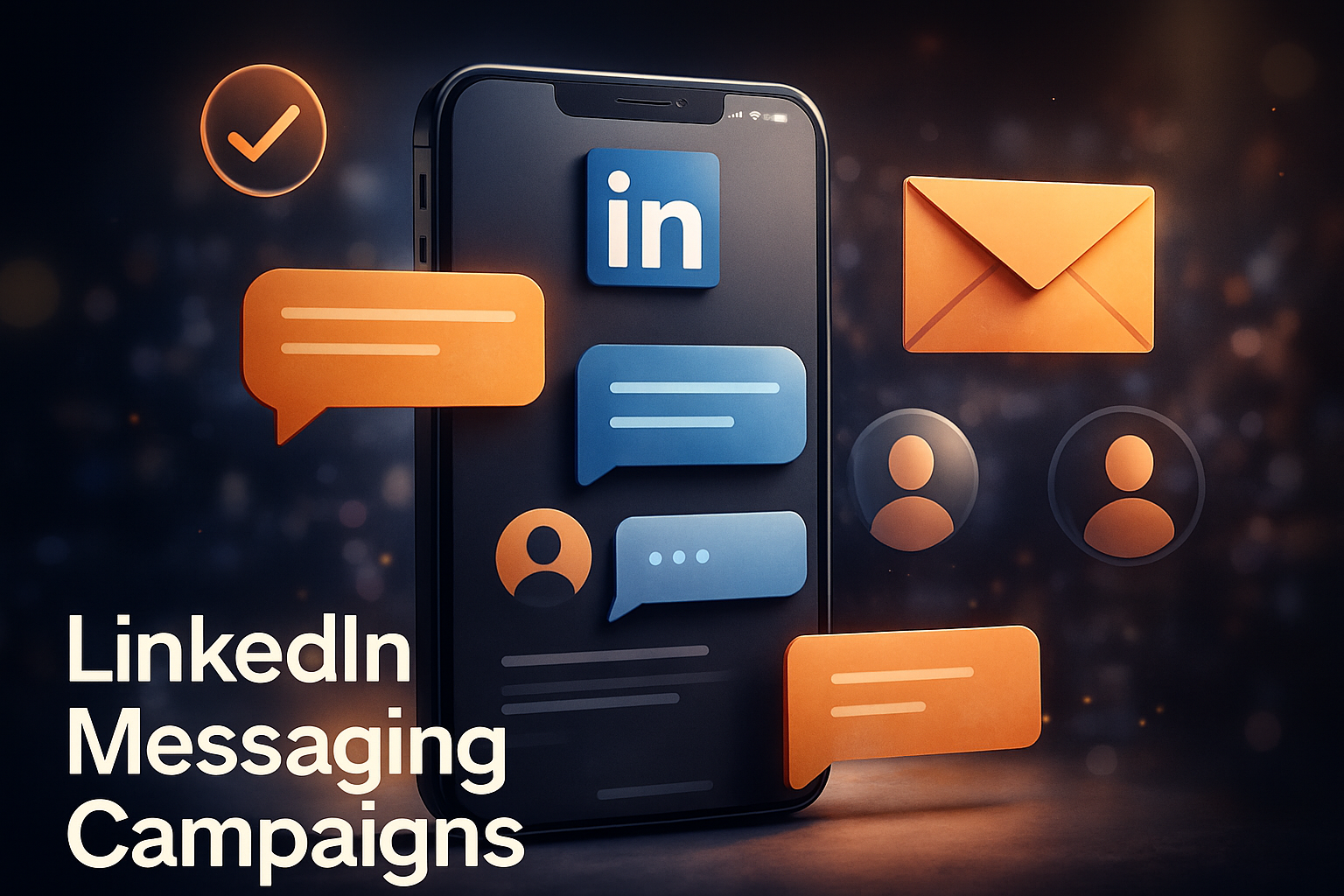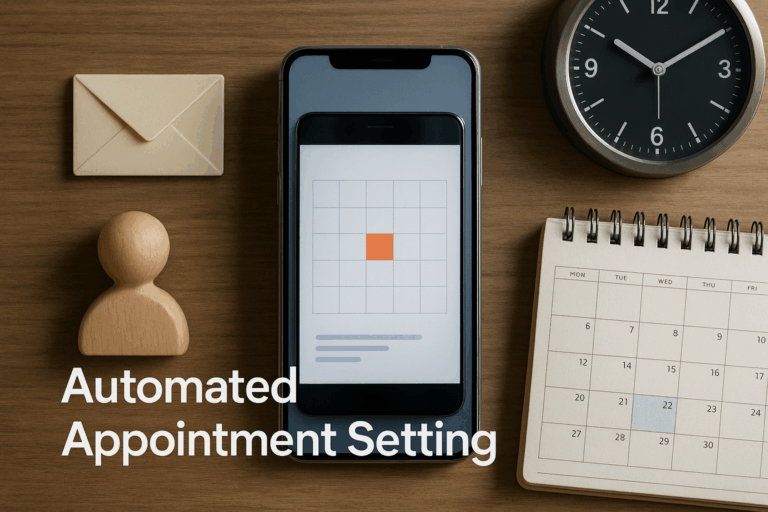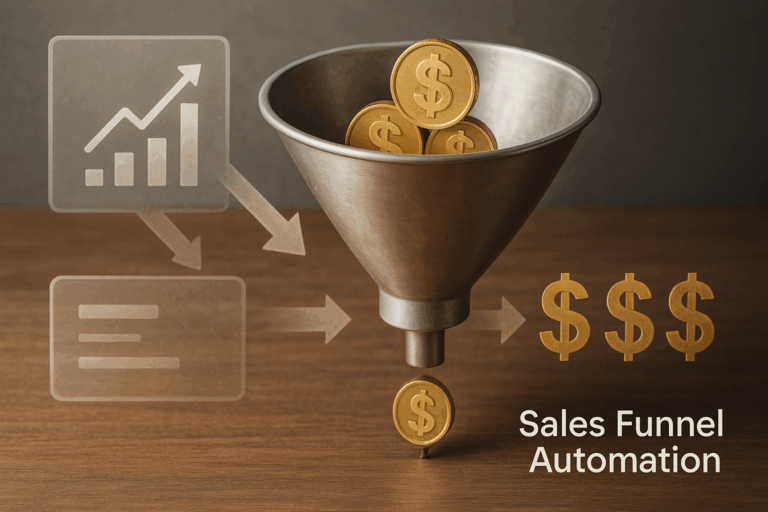LinkedIn messaging campaigns help businesses connect, engage, and convert prospects with thoughtful, human-focused outreach strategies.
It usually starts with a simple message. A small ping in the corner of your screen. Nothing dramatic. Yet, somehow, that tiny moment can spark a real business conversation. Because on LinkedIn, everything still begins with a connection, a reply, or a short note that feels human enough to open a door.
And that’s why LinkedIn messaging campaigns matter. They carry the weight of first impressions but move with the softness of everyday conversation. No flashy pitches. No long monologues. Just people talking, one line at a time.
But here’s the thing—most messages don’t land. They feel copied, cold, or rushed. Prospects sense it instantly. So the real win comes from slowing down, paying attention, and sending messages that sound like you. Not a template. Not a script. Just you.
When you mix intention with timing, conversations start to flow. And when you add empathy, they last longer than a single outreach attempt. That’s where the magic sits. Somewhere between a well-written note and a genuine reason to connect.
This is the part most people overlook. But it’s also the part where better results quietly begin.
Understanding LinkedIn Messaging Campaigns

It helps to look at LinkedIn messaging campaigns in the simplest way possible. They’re not complicated systems or rigid funnels. They’re just structured conversations planned, paced, and guided with intention. Think of them as a series of small nudges that help you move from stranger to someone worth talking to. Nothing more. Nothing less.
And yet, they matter deeply in B2B. Because on LinkedIn, people expect real dialogue, not polished copy dropped into their inbox like an ad. They want a message that feels like it came from a person who actually took a moment to understand who they are. That’s the quiet foundation of every strong outreach effort.
What LinkedIn Messaging Campaigns Really Are
At their core, they’re simply a set of messages designed to reach the right people at the right time. Not fast. Not forced. Just thoughtfully sequenced touches. A connection request today. A soft follow-up tomorrow. Maybe a gentle nudge next week. Each step builds familiarity without pressure.
And because LinkedIn is already a professional space, these conversations land differently. Prospects expect to talk business here. Still, they want it with a human tone, not a sales pitch dressed up as a greeting.
So you don’t “blast” people. You approach them slowly, like walking into a room where everyone is mid-conversation and you’re trying to find the right moment to join.
Why This Approach Works Better
Email can feel distant. Cold calls can feel intrusive. But LinkedIn sits somewhere in the middle, warm, direct, and still professional. People check their messages more often. They respond faster. They judge less harshly because the platform already sets the stage for casual business exchanges.
But the real advantage? Visibility. Before they even read your message, they see your name, your photo, your headline, your activity. All of that quietly builds trust before you say a single word.
That’s why small details matter. A thoughtful profile. A clean headline. A few solid posts. They create the “I’ve seen this person somewhere” effect, which instantly increases reply rates.
The Human Psychology Behind Good Outreach
People respond to messages that sound like they were written for them not for a crowd. They respond when the tone feels natural, when the task is light, and when the intention is clear. They respond when you don’t try too hard.
It’s simple psychology: familiarity, relevance, and timing.
And timing is the trickiest one. Push too soon, and you disappear. Wait too long, and you lose the moment. But when the timing feels right, a single line can open a conversation that leads to a demo, a deal, or something even bigger.
Where Prospect Labs Fits In
And somewhere inside all of this, tools like Prospect Labs step in not to replace the human voice, but to support it. They help you stay consistent, keep track of your touches, and scale your outreach without losing the personal feel.
Because scaling isn’t the challenge. Staying authentic at scale is.
Building the Foundation: Your Profile as Your First Message

Before a single line of outreach leaves your inbox, something else speaks for you—your profile. It’s quiet, but powerful. It works in the background while you focus on writing messages, planning sequences, or setting up new LinkedIn messaging campaigns. And the funny thing is, people check it even before they check your note. Sometimes they read your headline first, sometimes your About section, and sometimes they scroll just to see what you’ve been up to. All of it silently shapes their decision to reply or ignore.
Your Headline: The First Impression That Never Sleeps
A headline is small, but it carries weight. It’s the line prospects see in search results, in connection requests, and even in group comments. So it helps when it’s clear, simple, and human. Not stuffed. Not overly clever. Just honest.
A good headline tells people what you do without making them think too hard. It hints at the value you bring. And most importantly, it feels approachable. That’s all you need.
Your About Section: The Story Behind the Name
If your headline opens the door, your About section invites people in. It’s the space where you explain who you are, what you do, and why it matters—without sounding like a brochure. Think of it as a quiet conversation with someone who wants to know a little more.
Short paragraphs help. A friendly tone helps even more. And while achievements and experience matter, framing them like a story makes everything feel more human. Prospects respond better when your profile feels like a person, not a résumé.
Your Activity: The Proof That You’re Real
People want to see signs of life. A few recent posts. A comment here and there. Maybe a shared idea. It doesn’t have to be constant. It just needs to show that you’re present. Active profiles feel trustworthy. Silent ones feel unfinished.
And when someone sees your message, then visits your profile, and then sees you posting or engaging—it adds an extra layer of confidence. That’s the quiet magic of being active on LinkedIn. It doesn’t shout, but it reassures.
Your Experience: The Part Everyone Skims but Still Trusts
Most people skim through your experience. They’re not reading every word. They’re looking for patterns—roles, responsibilities, industries, credibility. They want to know if you understand their world. They want to see if you’ve helped businesses like theirs. It’s not about listing every task you’ve done. It’s about painting a clear, honest picture.
Short descriptions. Clear outcomes. A little personality. That’s enough.
Your Profile as a Whole: The Welcome Mat Before the Message
When everything comes together—your headline, About section, activity, and experience—your profile sends a silent message: “You can talk to me.” And in B2B outreach, that message is worth more than the perfect template.
Because a strong profile doesn’t just support your outreach. It becomes part of the experience, warming prospects before you ever reach out and setting the tone for the entire conversation. And it gives every message you send a foundation solid enough to stand on.
In the end, your profile is your first impression—and sometimes your best one.
The Art of LinkedIn Outreach Messages

There’s a certain rhythm to good outreach. Not loud. Not pushy. More like a quiet knock—gentle enough to respect someone’s time, yet clear enough to spark interest. And on LinkedIn, that rhythm matters even more. Because here, every message competes with busy schedules, full inboxes, and the constant hum of notifications. So the art lies in sounding human in a place where so many messages don’t.
Starting the Conversation Without Selling Too Soon
Most people rush. They try to fit an entire pitch into a single line. But LinkedIn outreach messages work best when they breathe. When they feel calm. When they show you actually looked at the person you’re reaching out to.
A simple opener goes a long way. Something soft, real or something that shows you’re not here to treat them like a checkbox on a list. It could be a comment about their role. A small note about a recent post. Even a shared interest. Just enough to show intention without crowding their space.
Because connection requests aren’t about selling. They’re about starting. And starting well changes everything that comes after.
Keeping It Short, Clear, and Honest
Long messages rarely get read. People skim. They pick up on tone faster than on details. That’s why the best outreach stays short. Clear lines. Simple words. No fluff.
And honesty helps. Saying “I know your time is valuable” feels warmer than pretending you’re offering something life-changing. Honesty disarms. It creates trust before trust even exists.
This is especially true inside larger LinkedIn messaging campaigns, where one message builds on another. If the first message feels natural, the second becomes easier. And the third feels expected, not intrusive.
Finding the Right Tone for Business Conversations
Tone is everything. Too formal, and you sound distant. Too casual, and you risk losing credibility. The middle ground—the friendly professional tone—is where the real conversations happen.
It’s confidence softened by kindness, a respectful simplicity that doesn’t try too hard—it just flows.
And people feel it instantly.
Adding Value Without Overloading the Message
Value doesn’t mean attaching a PDF or dropping a link right away. Sometimes the value is simply clarity, a thoughtful question, or a small insight they can actually use.
Value shows you’re here to help, not just to claim their time. And when prospects sense that, the conversation becomes easier, smoother, more natural.
Creating a Message That Feels Written, Not Automated
This might be the hardest part. Because automation can be tempting. It saves time. It scales fast. But the moment a message feels automated, everything slows down.
So personal details matter. Small touches matter. The little things—using their name naturally, referencing something specific, adjusting your tone—signal that you’re paying attention.
Those quiet signals add up. And in the end, they’re what separate forgettable outreach from meaningful conversations.
Because LinkedIn outreach messages are not about perfection. They’re about presence. And presence, delivered in a few honest lines, always wins.
Essential Types of LinkedIn Prospecting Messages

Prospecting on LinkedIn isn’t one single move. It’s a series of small steps, each with its own purpose. Some messages open the door. Others gently guide the conversation. And a few simply keep the connection alive. When they all work together, they create the kind of flow LinkedIn messaging campaigns rely on—steady, calm, and human.
1. Connection Request Messages
This is where everything begins. A simple request. A light introduction. Nothing heavy. Nothing salesy. Just a short note that says, “I see you, and I think we might have something to talk about.”
The best connection requests are short. Warm. Clear. They avoid long explanations and jump straight to something real. Maybe a shared interest, a quick compliment about their work or maybe a simple reason for connecting.
That’s enough for now. You’re not asking for time. Just permission.
2. The First Follow-Up
Once someone accepts your request, the real work begins. But even here, you go slow. You keep it simple. You thank them for connecting. Then you make space for conversation.
A light question often helps:
“Curious—how are you tackling X this year?”
Or a small comment about something relevant to their role.
You’re not pitching. You’re opening a window.
3. Value-First Nurture Messages
After the first exchange, you shift into the “value without pressure” phase. This is where you share something useful—an insight, a perspective, or a short thought that helps them in their world.
Not a link. Not a long resource dump. Just a small nudge of value. Something they can read in seconds but remember later.
These messages quietly build trust. They show you’re here to help, not to chase.
4. Soft Invitation Messages
As the conversation warms up, you may offer a gentle next step. Not a hard sell. Not a “jump on a call” demand. Just an invitation that feels natural.
Maybe it’s a webinar, maybe a quick resource or maybe a casual offer to share something helpful.
The tone matters more than the offer itself. Keep it easy. Keep it light.
5. Re-Engagement Messages
Sometimes people go quiet. Not because they’re uninterested—but because life happens. So a soft re-engagement message helps bring the thread back without sounding desperate.
Something simple like:
“Just checking in—hope the week’s been kind to you.”
Or a small update connected to your earlier note.
It’s a gentle reminder, not a push.
6. The Optional CTA Message
If the conversation feels warm enough, you can add a soft call to action. It doesn’t need to be bold. Something like:
“If it helps, happy to walk you through a few ideas.”
The goal isn’t to pressure. It’s to offer clarity at the right time.
What Makes a LinkedIn Prospecting Campaign Work

A good campaign doesn’t rely on luck. It grows from timing, intention, and a message that actually feels like it came from a real person. And on LinkedIn, that balance matters even more. People can sense when something is rushed. They can also sense when it’s thoughtful. LinkedIn prospecting campaigns work when every small part feels natural—like a conversation that unfolds slowly, not a sales pitch forced into someone’s day.
The Power of Timing
Timing isn’t just about when you send a message. It’s about pacing. A connection today. A thank-you tomorrow. A light nudge later in the week. Each step gives your prospect space to breathe.
Send too much too quickly, and you’ll feel like noise. Wait too long, and the thread loses energy.
A steady rhythm keeps everything warm without crowding anyone’s inbox.
Knowing the Difference Between Warm and Cold Prospects
Not everyone starts at the same level of interest. Some people already know you through your posts. Some may have visited your profile. Others might be hearing from you for the first time. LinkedIn messaging campaigns work best when you adjust your tone based on how familiar they are with you.
Warm prospects need clarity. Cold prospects need simplicity. Both need a message written for humans, not templates.
Personalization Without Overthinking It
Personalization doesn’t mean writing an essay about their job title. It just means showing that you paid attention. One small detail can change the entire feel of a message.
Maybe you reference something from their profile. Maybe you mention their industry. Moreover, maybe you comment on a recent accomplishment.
Tiny touches. Big difference. People respond to relevance far more than they respond to length.
Keeping the Conversation Light
The best campaigns don’t start with a pitch. They start with curiosity. A question. A comment. A small line that asks for conversation rather than commitment. The lighter the tone, the easier it is to keep things moving.
Prospects feel safer when your message doesn’t push. They feel respected when it isn’t assumed. They feel open when the pressure is low. Light creates trust. Trust creates replies.
Consistency Without Losing the Human Touch
Consistency drives results, but only if your messages keep their warmth. Automated-sounding lines break the flow instantly. People can feel the difference between a real voice and a mass blast.
So you stay consistent. But you stay human. That blend is rare—and it’s what makes great LinkedIn prospecting campaigns stand out.
A CTA That Doesn’t Force a Decision
A soft CTA works better than a hard demand. Something gentle, optional. Something that leaves room for the prospect to choose their pace.
“Happy to share a few ideas if it helps.”
Simple. Open. Respectful. That’s all you need.
When timing aligns with tone, and personalization blends with clarity, everything becomes smoother. And suddenly, the campaign doesn’t feel like outreach anymore—it feels like a natural conversation that just happens to lead somewhere meaningful.
Mistakes That Kill LinkedIn Campaigns

Some campaigns never even get a chance. They collapse before they start, not because the offers are weak, but because the outreach feels off. And on LinkedIn, small mistakes travel fast. People notice the tone. They notice pacing. They notice effort. So if you’re not careful, even thoughtful LinkedIn messaging campaigns can slip through the cracks for reasons that seem tiny on the surface—but matter in a big way.Sending Messages That Feel Like Templates
Nothing shuts down a conversation faster than a message that sounds like it was copied, pasted, and sent to a hundred people before breakfast. Prospects sense it instantly. They feel the distance. They feel the lack of effort.
A single line of personalization can save an entire message. But a cold template? That kills it on arrival. Your outreach should sound like a person, not a system.
Pushing Too Hard, Too Early
This is one of the most common mistakes. People skip steps. They jump from “Hello” to “Here’s my pitch” in a single breath. It feels aggressive, rushed. It ignores the one rule prospects value most: respect.
Outreach isn’t a race. It’s a slow walk. You earn the right to pitch—later. Start light. Start human. Pitch when the moment feels warm enough.
Ignoring the Prospect’s World
Many messages talk to people instead of to them. They focus on what the sender wants, not what the prospect cares about. And that disconnect shows. If your message doesn’t speak to their role, their challenges, their industry, or their goals, it won’t land.
Relevance wins. Generalities don’t. People reply to messages that feel meant for them.
Writing Long Messages That Look Like Work
A long message feels like a task. Prospects save it “for later,” which usually means never. Short messages get read. Clear messages get replies. Length confuses people into ignoring you.
If your message needs more than a few lines to make sense, it’s the wrong message. Keep it light, short and readable.
Following Up Too Often—or Not Enough
Too many follow-ups feel like pressure. Too few feel like you disappeared. Balance matters. A gentle sequence—spread out, natural, respectful—keeps everything warm without overwhelming anyone.
Think of it like checking in with a friend, not chasing a stranger.
Talking About Yourself Too Much
It’s easy to fall into the “here’s what we do” trap. But prospects aren’t looking for a résumé. They’re looking for relevance and value. A quick insight about their challenges goes further than a paragraph about your achievements.
Focus on them first. Then, maybe, they’ll focus on you.
Forgetting That People Judge Your Profile Before Your Message
Even a perfect message can fail if your profile doesn’t support it. Weak headline? Confusing About section? No activity? Prospects hesitate. Your profile speaks long before your words do.
And that’s the real catch: most mistakes aren’t dramatic. They’re quiet. Subtle. Easy to miss. But once you avoid them, your messages start landing differently. People read them. People respond. And your campaign finally starts moving in the direction it was meant to go.
Future of LinkedIn B2B Communication

The future of LinkedIn feels a lot like stepping into a brighter, faster, and far more intentional digital world. Things are changing, and they’re changing quickly. And as businesses adjust, so does the way they talk to each other. That’s exactly why B2B LinkedIn communication is becoming more refined, more human, and yes—far more strategic than ever before.
A Shift Toward Conversation-Led Engagement
One of the biggest changes happening right now is the shift from sales-first messaging to conversation-first communication. Instead of pushing offers, brands are starting real conversations. People want to talk to people—not templates. And this shift is redefining how companies build trust online. Because when relationships come before pitching, everything else becomes easier.
This mindset is influencing how teams plan their LinkedIn messaging campaigns. Instead of blasting out hundreds of generic scripts, businesses now craft smaller, more thoughtful journeys. They focus on signal-based actions, personal context, and messages that feel like they were written for one person—not the entire platform.
AI-Powered Messaging, Done the Right Way
AI continues to transform B2B LinkedIn communication, but not in the robotic, stiff way many feared. Instead, it’s becoming a silent partner. It helps sales teams research prospects faster. It suggests timing, tone, and engagement cues. And it even drafts messages that reps can tailor with a personal touch.
The future isn’t about replacing human outreach. It’s about amplifying it. AI is the assistant. Humans are the voice. And together, they create communication that feels efficient yet authentic.
More Interactive Content, Less Static Outreach
Another trend shaping the future is the growing use of micro-content inside direct messages. Short videos. Voice notes. One-click polls. These bite-size formats make outreach feel dynamic, easy to consume, and refreshingly casual.
Imagine sending a 10-second intro video instead of a long pitch. Or a voice note that instantly communicates tone and warmth. These formats cut through digital noise effortlessly—and they leave a lasting impression.
Deeper Personalisation Through Data Signals
Future-ready LinkedIn messaging focuses heavily on behavior-based personalization. It goes beyond job titles and industries. Instead, it looks at posts people engage with, comments they leave, groups they join, and newsletters they follow. These signals help teams send messages that instantly resonate.
As data becomes more accessible, personalization becomes more natural. And importantly, it becomes more respectful—not creepy. The goal is to understand prospects, not stalk them.
Community-Led Growth: The New Frontier
Another powerful shift is the rise of community-led communication. People aren’t just networking—they’re joining ecosystems. From niche LinkedIn groups to creator-led micro-communities, users want shared spaces where they can learn, connect, and collaborate.
For businesses, this opens a new door. Instead of chasing prospects, they can build communities where prospects come to them. Engagement grows. Trust grows. And outreach turns into a two-way conversation.
Conclusion
Here’s the thing: LinkedIn messaging campaigns don’t just happen. They’re quiet, little steps. You send a note. Maybe they will reply. Maybe they don’t. And that’s okay. Honestly, it’s all part of the rhythm.
It works best when you keep it simple, a bit messy, and human. Short lines. Tiny observations. A dash of personality that sneaks through. You don’t need perfect grammar or a polished pitch—you just need presence, the kind that makes someone instantly think, “Oh… they get it.” Feels small, but it matters.
The funny part? It’s often the smallest gestures, the follow-ups, the casual questions, the gentle nudges that carry the most weight. They build trust quietly, without forcing anything.
So don’t overthink. Don’t rush. Keep it human, keep it thoughtful, and stay patient. Because when you do that, conversations start. Replies come. And suddenly, your campaign isn’t working, it’s a real connection.





